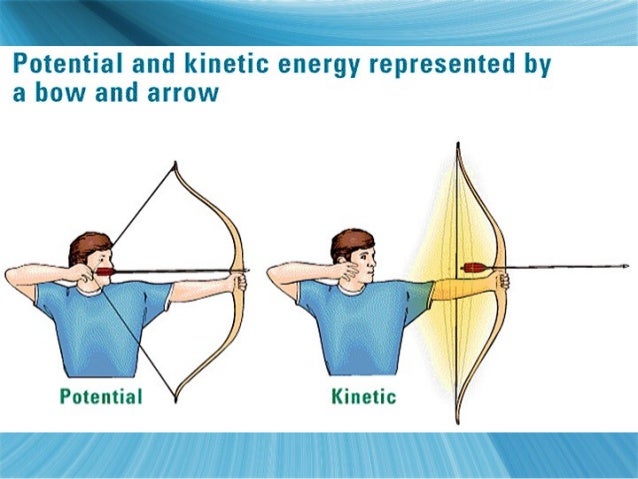Potential and Kinetic Energy - 2/4/18

Summary: There are two forms of energy, kinetic and potential. Kinetic energy is a scalar quantity and is the energy of motion. An object that has motion - whether it is vertical or horizontal motion - has kinetic energy. Potential energy is the energy stored and waiting to be used. Potential energy is split into 3 forms, gravitational, elastic, chemical. Gravitational potential energy is the energy stored in an object as the result of its vertical position or height. Elastic potential energy is the energy stored in elastic materials as the result of their stretching or compressing. Chemical energy is potential energy stored within the chemical bonds of an object. If you have mass and speed, you have to the ability to do work. Work is measured in the unit of joules, using the formula Force x Distance = work.
SP6 - Constructing Explanations and Designing Solution: This week, I have been studying the energy, specifically potential and kinetic energy. To learn and understand energy, we watched videos, answered questions, and did other activities. I analyzed my information to explain the relationship between mass, speed, and energy. I explained that the relationship between kinetic energy, mass and speed indicates that kinetic energy and mass are proportionals. This proportionality suggests that if the mass is doubled, its kinetic energy is doubled too. More generally, if two objects move with the same speed the one with more mass has the higher kinetic energy. I was also able to explain the output of the potential energy, learning when the potential energy decreases, the kinetic energy increases.
This week, I noticed stability and change after looking at an example of kinetic energy. The game of golf is a great example of kinetic and potential energy. During the back swing, the club has kinetic energy because of its movement, at the top of the back swing, the club also has some gravitational potential energy due to its position. But most of the potential energy comes from the muscles in the player, which will power the swing. Once the club starts moving in a downswing, all that potential energy gets transformed into kinetic energy. If we want to get even more technical, when the club hits the ball, the ball is compressed and the shaft of the club bends. In both cases, some of the kinetic energy of the club head is converted into elastic energy. Both the club and the ball snap back, pushing the ball forward with kinetic energy in the form of motion. After the ball is struck, the exchange of potential and kinetic energy continues. This mechanical kinetic energy helps the ball rise into the air, loading it with the potential to fall back to earth due to gravity. From the back swing to the ball's landing, potential energy and kinetic energy are a part of every shot in golf.
Comments
Post a Comment